
(Continue to rest in heaven, Michael Brown)
The larger Black Lives Matter movement was born on the streets of Ferguson. But Brown’s death is hardly the only time the shooting of an unarmed Black American has led to a racial reckoning. From the LA riots to the Summer of 2020, Black Americans have repeatedly risen up in response to police violence.
Here’s a guide to the recent racial uprisings in the United States and the people whose deaths sparked demands for change.

On August 9th, 2014, police officer Darren Wilson shot and killed 18-year-old Michael Brown. He was walking home with a friend, when Wilson confronted Brown about walking in the street. Although interpretations of the events differ, no one disputes that Wilson shot the unarmed teenager. His bloody body was left in the streets for four hours in the Summer heat.
Michael Brown Protests

In the wake of Michael Brown’s death, hundreds of activists went to Ferguson, Missouri, to demand accountability alongside the local Black community. As Congresswoman Cori Bush, a Black Lives Matter activist turned political leader put it, “we didn’t know… that it was the beginning of a movement. We just thought we were out trying to get justice.” In many ways, the Ferguson protests were the birthplace of Black Lives Matter movement.
Tyre Nichols

On January 7, 2023, Tyre Nichols was pulled over by Memphis police officers. The five officers proceeded to brutally beat Nichols while he was in handcuffs. Nichols, 29, succumbed to his injuries several days later at the hospital. The entire beating was caught on the officer’s cameras.
Tyre Nichols Protests

On January 27, the City of Memphis shared the body camera footage from the night Nichols was attacked. The graphic footage spurred protests throughout the United States. Seven police officers were relieved of duty, and five officers have been charged in the Nichols case.
Jayland Walker
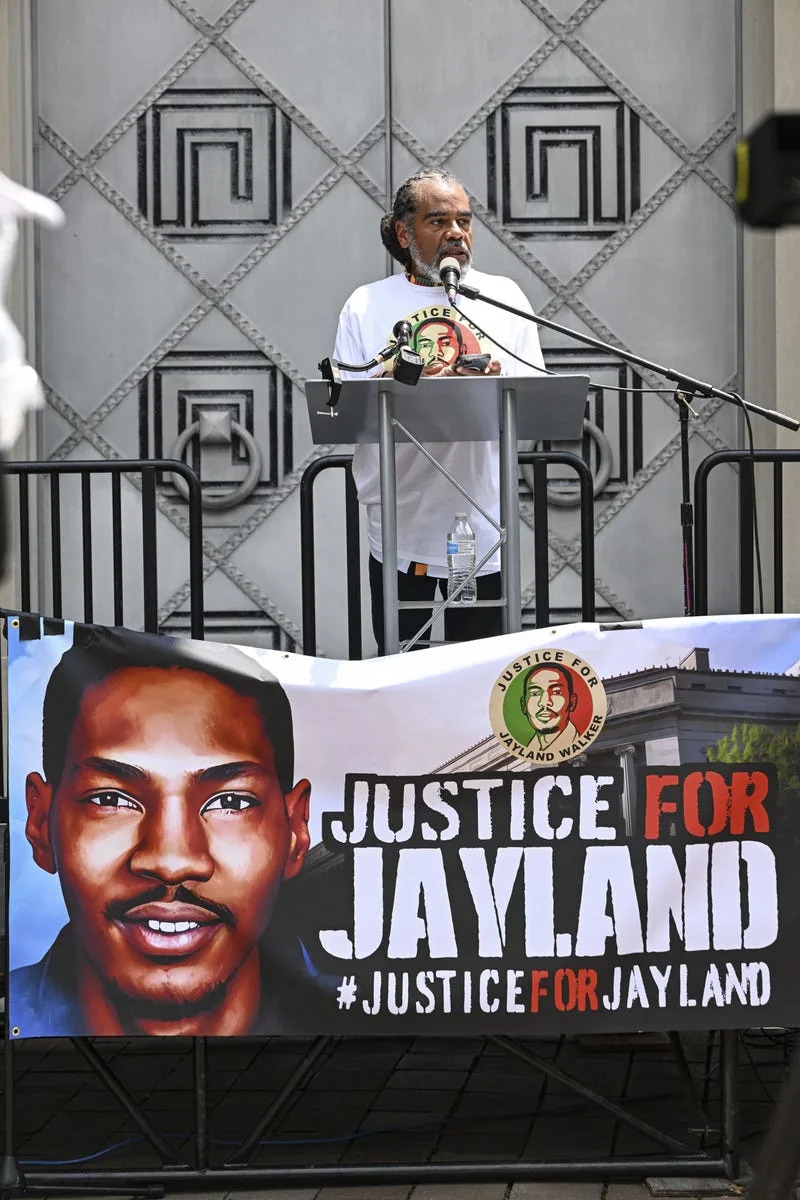
On June 27, 2022, an Akron Police Officer shot Jayland Walker. Officers attempted to pull Walker over for an alleged traffic violation. After a chase, Walker fled the car, which is when police began to fire their weapons. Officers reported that Walker had fired a gun in the car, but at the time of his death, he was unarmed. Medical examiners estimated that Walker was shot 46 times, but police reportedly fired over 90 times. He was pronounced dead on the scene.
Jayland Walker Protests
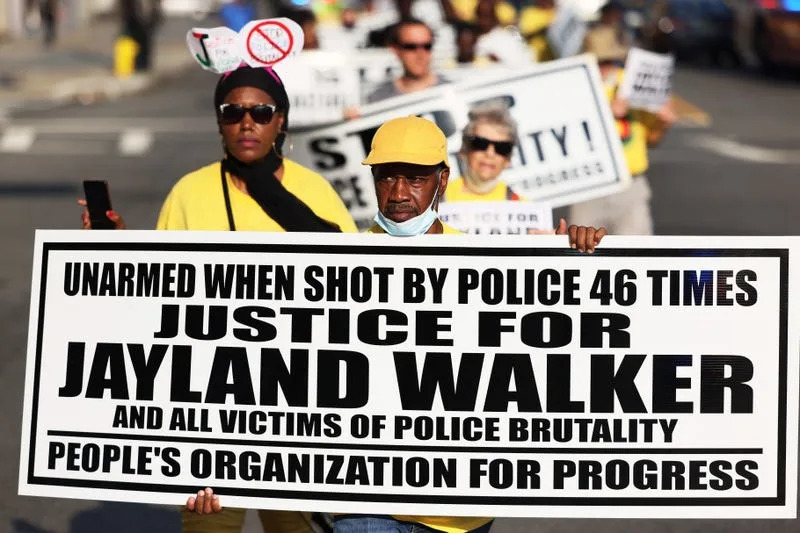
In the wake of Jayland Walker’s death protests sprung-up throughout Akron, OH., and the rest of the United States. Despite, Walker’s extensive injuries, his family opted for an open-casket funeral reminiscent of Emmett Till’s. Protests resumed this spring after an Ohio grand jury declined to indict the eight officers involved in Walker’s death.
Amir Locke
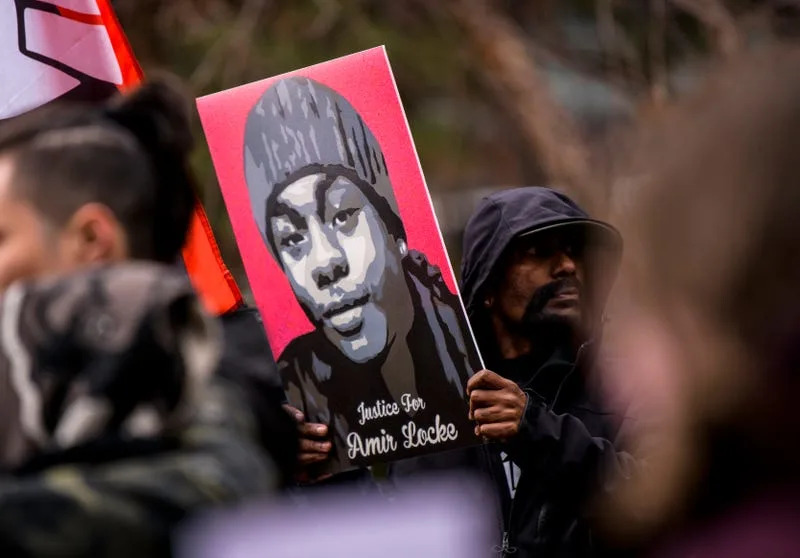
On February 2, 2022, Minneapolis Police Officer Mark Hanneman fatally shot Amir Locke, 22, while executing a no-knock search warrant. Within seconds of entering the apartment, Hanneman shot Locke, who was laying under a blanket on the couch holding a gun. Video shows Locke drowsily awakening as police enter the apartment before being gunned down.
Amir Locke Protests

Days after Amir Locke was shot, hundreds gathered in downtown Minneapolis to demand justice. Protesters also called for an end to no-knock warrants — a search warrant that allows police to enter your home without knocking or otherwise announcing their presence. Following the protests, Mayor Jacob Frey announced an end to no-knock warrants. However, prosecutors declined to bring charges agains the officer who shot Locke.
Winston Boogie Smith
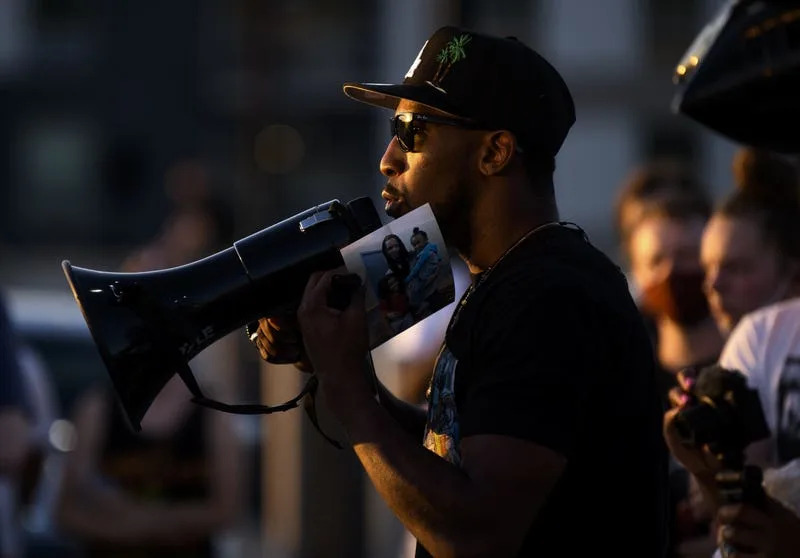
On June 3, 2021, a sheriff’s deputy on a U.S. Marshals task force shot Winston Boogie Smith, 32, in Uptown Minneapolis. Details around the shooting are murky because the task force officers were not required to wear body cameras. The marshals claimed that Smith was reaching for a handgun. However, a witness claims that Smith was just reaching for his phone to record the altercation.
Winston Boogie Smith Protests

Protests erupted in Uptown Minneapolis within days of the shooting. Several activists were arrested in the days-long protests that followed Winston Boogie Smith’s death. However, none of the law enforcement officials involved in Smith’s killing were charged.
Daunte Wright
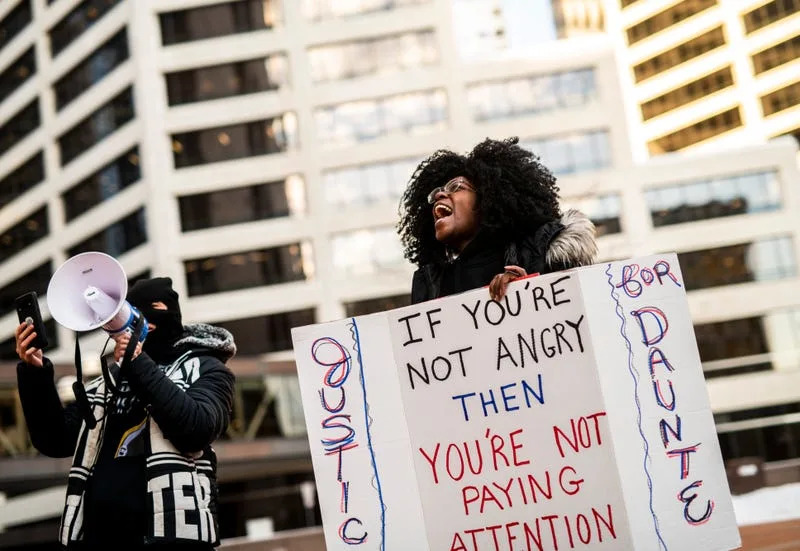
On April 11, 2021, Brooklyn Center Minnesota police officer Kimberly Potter fatally shot Daunte Wright, 20, during a traffic stop. The police chief told MPR News, that Potter was attempting to use her stun gun, when she pulled out her weapon and fired her weapon. Wright left behind a 2-year-old son.
Daunte Wright Protests
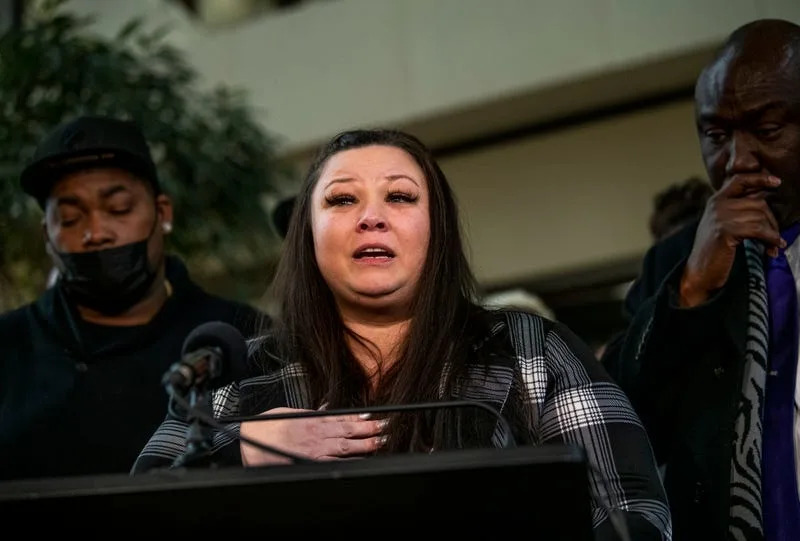
Thousands of people marched through the streets of Minnesota gathering outside of the Brooklyn Police Center, with 10 miles of where Wright was shot. His death sparked nights of protests, where police used tear-gas (a chemical weapon when used in warfare) to clear demonstrators. Officers also arrested dozens of protestors after issuing a curfew. Potter was later sentenced to two years in prison for killing Wright.
George Floyd

On May 25, 2020, George Floyd, 46, died after Minneapolis Police Officer Derek Chauvin kneeled on his neck for over nine minutes. The county medical examiner ruled Floyd’s death a homicide. Allegations that Chauvin had previously brutalized other Black residents during arrests, including a 14-year-old boy, would emerge after Floyd’s death.
George Floyd Protests
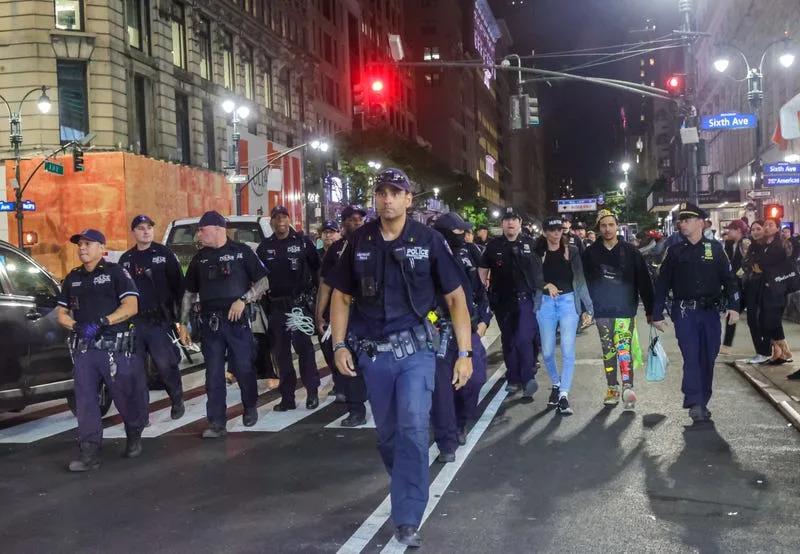
Floyd’s death is often credited with sparking the Summer of Racial Reckoning. Protests broke out in the streets of Minneapolis and soon spread across the globe. The Black Lives Matter protests in 2020 drew between 15 to 26 million people. Protesters throughout the United States were brutally attacked by law enforcement and in some instances, won settlements. After the protests, the Minnesota Department of Human Rights investigated the Minneapolis police department and found that the department and city engaged in a “pattern or practice of race discrimination.” The city agreed to an overhaul of its police department earlier this year.
Breonna Taylor
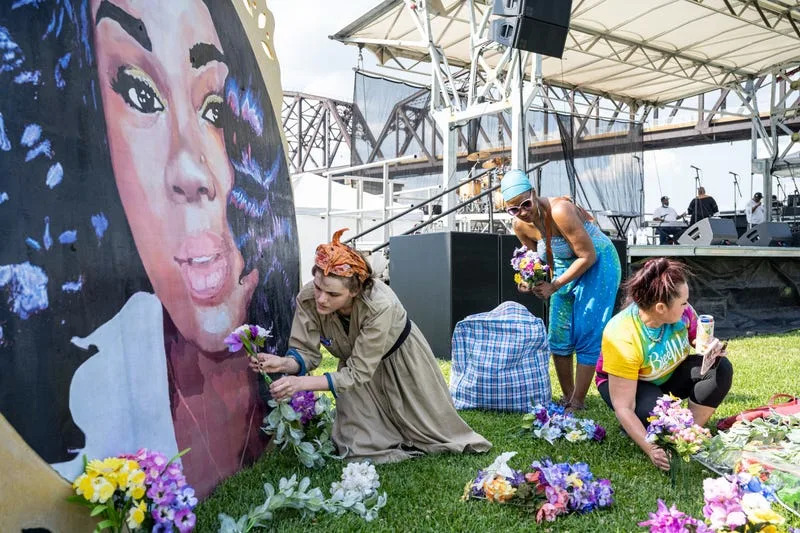
On March 13, 2020, Louisville police officers barged into Breonna Taylor’s apartment as a part of a botched raid in the middle of the night. Her boyfriend, Kenneth Walker, says that they were asleep when they heard loud banging. Walker says he was afraid that it was Taylor’s ex-boyfriend trying to break in and fired his weapon. Police fired back, fatally killing Taylor, who was only 26 years old.
Breonna Taylor Protests
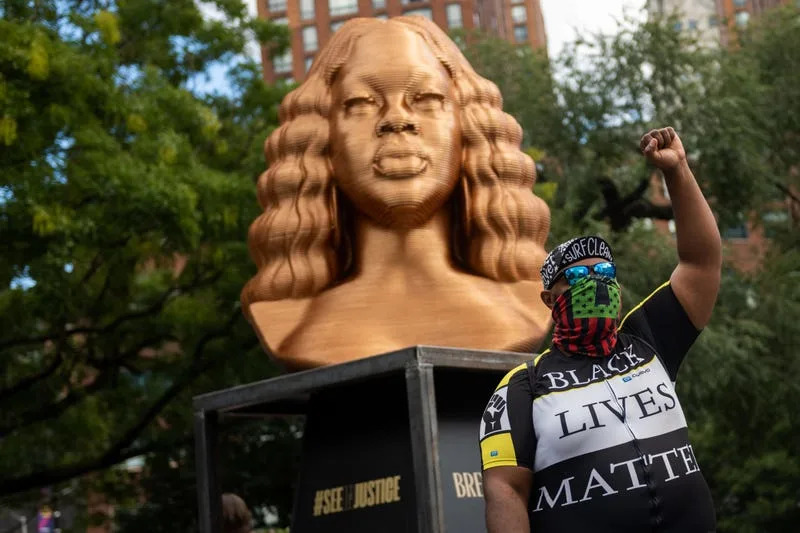
Similarly to the murder of George Floyd, Breonna Taylor’s death served as a catalyst for the Summer of Racial Reckoning. Protesters in cities throughout the United States demanded justice for the slain 26-year-old. No charges were brought against Taylor’s killers. However, a grassroots movement has continued to flourish in her name.
Philando Castile

On July 6, 2016, Officer Jeronimo Yanez fatally shot 32-year-old Philando Castile during a traffic stop. Castile was driving with his girlfriend and four-year-old daughter through a suburb of St. Paul, Minnesota when Yanez pulled him over. Castile informed the officer that he had a weapon, which is when the interaction turned deadly. Within minutes, Yanez opened fire into the car, shooting Castile five times.
Philando Castile Protests
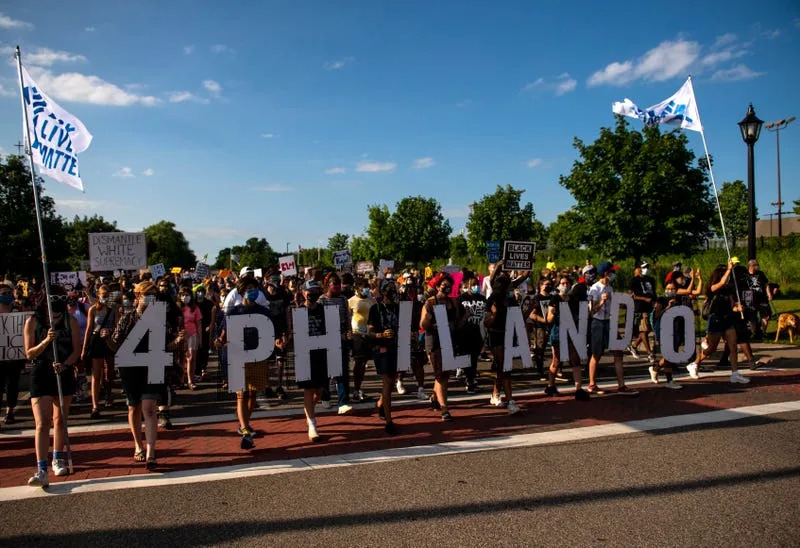
The shooting of Philando Castile and the acquittal of the officer who killed him sparked mass protests in Minnesota. Thousands of demonstrators marched to the Minnesota State Capitol after the verdict, upset over the decision. Seven years after Castile’s death, Minnesota Governor Tim Waltz declared July 6th and 7th Philando Castile Remembrance Days.
Sandra Bland

In July of 2015, Sandra Bland was pulled over and arrested following a minor traffic violation in Texas. Within three days, Bland, 28, was found hanged in her cell. Officials declared her death a suicide, but her family and protesters demanded an investigation.
Sandra Bland Protests
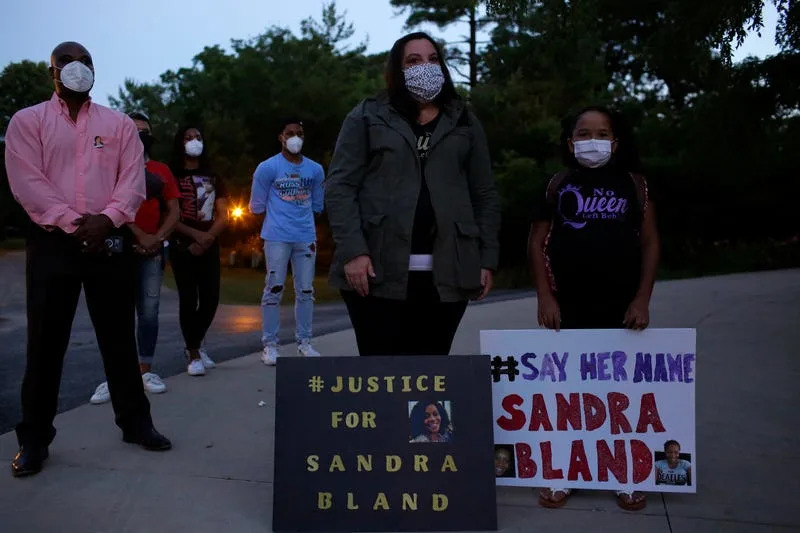
Sandra Bland’s death sparked almost immediate protests. Within days of her death, protesters gathered outside of the Waller County Jail, where she was found dead, asking: “What happened to Sandy.” As the movement spread, protesters began to use the phrase, “Say Her Name,” a refrain highlighting the often ignored female victims of police brutality.


